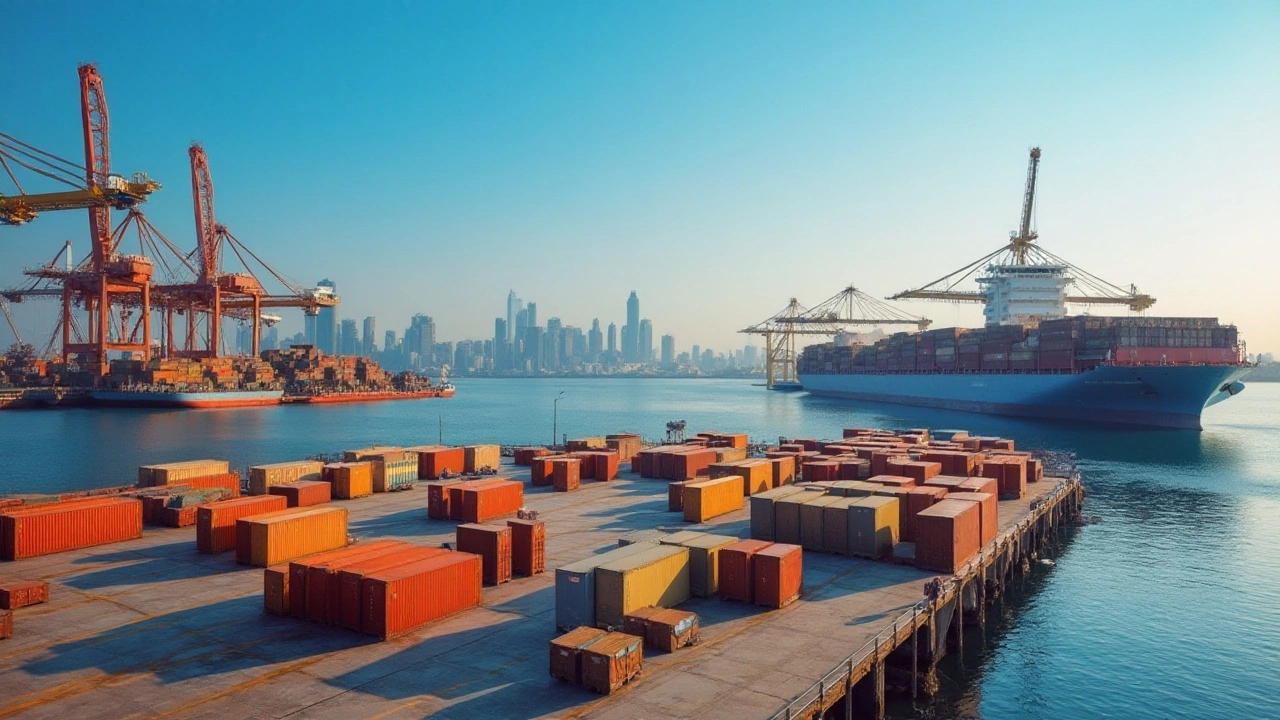Overseas Package Delivery: What You Need to Know Right Now
Got a box that needs to cross a border? You’re not alone. Shipping items abroad feels pricey and confusing, but the right approach can shave off cost and headaches. Below we break down the basics, point out the cheapest carriers, and share quick hacks to keep your package safe and on time.
Pick the Right Carrier for the Job
Not all couriers are created equal. If you’re sending a small parcel, the United States Postal Service (USPS) often wins on price. Their international flat‑rate boxes let you lock in a cost before you even weigh the box. For bigger shipments, DHL, FedEx, and UPS offer faster transit and better tracking, but you’ll pay more. Compare the three on three factors:
- Price per kilogram – USPS usually cheapest for under 2 kg.
- Delivery speed – DHL Express can get a package to Europe in 2‑3 days.
- Customs support – FedEx and UPS have built‑in customs clearance teams, which can save you time.
Ask yourself: Is speed worth the extra dollars? If the item isn’t urgent, choosing the slower, cheaper option often means a smoother experience.
Know the Rules Before You Pack
Every country has a list of prohibited items and a set of documentation requirements. A common mistake is forgetting the commercial invoice. That single sheet tells customs what’s inside, its value, and why you’re sending it. Skip it, and your package could sit at the border for days.
Here are three quick checks:
- Restricted goods – Batteries, alcohol, and certain electronics may need special handling.
- Weight & size limits – Most carriers charge by dimensional weight; measure length, width, and height accurately.
- Destination taxes – Some countries charge import duties on anything over a set value. Let the receiver know in advance so there are no surprises.
Having the right paperwork ready saves you from extra fees and delays.
Now that you’ve got carrier basics and rules sorted, let’s talk packing. Use sturdy boxes, cushion fragile items with bubble wrap or crumpled paper, and seal every edge with strong tape. A well‑packed box reduces the chance of damage and lowers the risk of a claim.
Finally, track your shipment. Most major couriers offer a tracking number you can paste into their website or a universal tracker app. If a package goes missing, you’ll have evidence to file a claim quickly.
Bottom line: Choose the right carrier based on weight and speed, get the paperwork right, and pack like a pro. Follow these steps and sending a package overseas will feel less like a gamble and more like a routine.
